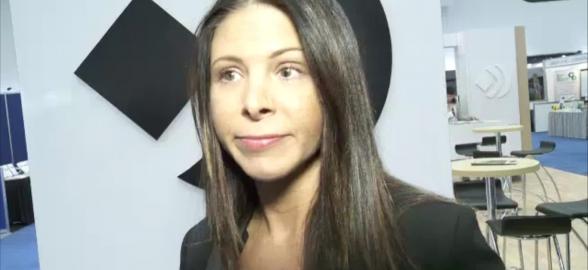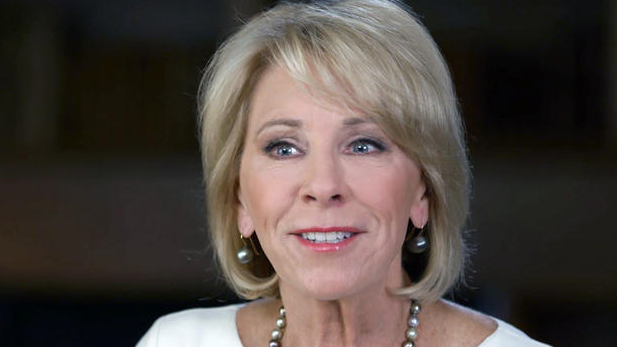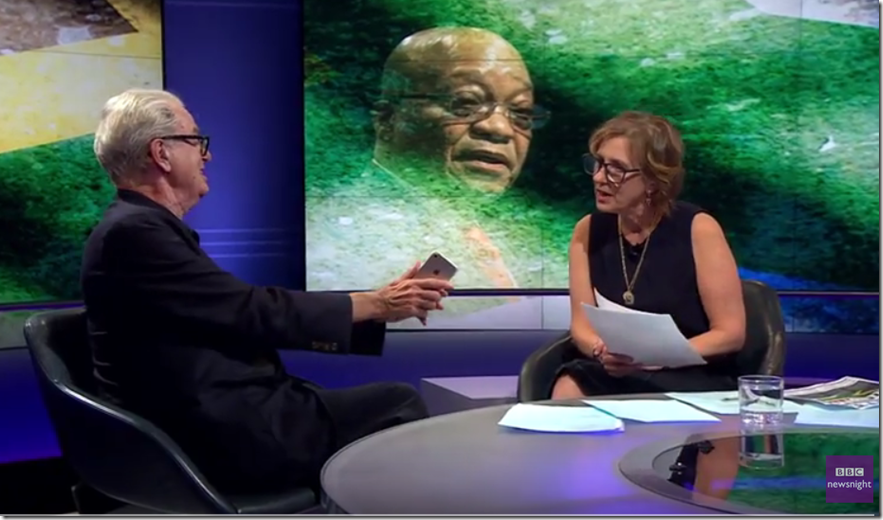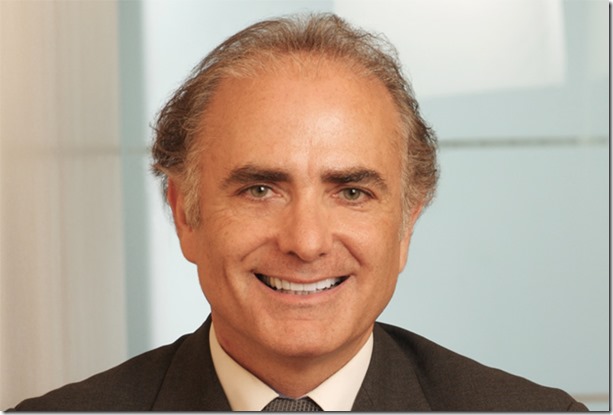Media Management With A Side Of Attitude
Sara MacIntyre is the Director of Communications for Christy Clark, British Columbia’s Premier.
Ms. MacIntyre is new in her job, but she’s far from inexperienced. Prior to joining Premier Clark’s staff last month, she served as the press secretary for Canadian Prime Minister Stephen Harper.
Last week, she attended a conference with Ms. Clark. As you’ll see from the below exchange, she didn’t exactly exercise the typical best practices for good media relations.
It’s not unusual for communications directors to try to exercise media management, and it’s somewhat common to reduce media availabilities to photo ops. We see that almost daily in the U.S. on the campaign trail and at many presidential events.
But even by those standards, Ms. MacIntyre’s approach was counterproductive – and unprofessional – for at least four reasons:
1. She Forgot Who Her Audience Was: We teach students in our media training workshops that the reporter isn’t your audience – the audience is. Ms. MacIntyre seemed to forget who she was actually communicating with, and failed to consider how her testy interaction would play in living rooms across Canada.
2. She Had an Attitude: She looked defensive from the start, using a condescending tone, raising her eyebrows, and chewing gum. Being a communications director means you need to at least try to maintain civil relationships with the press. She could have achieved the same goal of preventing the media from asking questions of the Premier in a more graceful manner.
3. She Picked The Wrong Enemy: Politicians often gain traction by beating up on the media. But the media has to do something wrong for that strategy to work. In this exchange, the public didn’t see the press behaving badly. The reporters acted respectfully enough, asked basic questions, and didn’t abuse their right to be in a public space. Since there was no apparent provocation, Ms. MacIntyre managed only to make herself look like the bad guy.
4. Her Response Garnered Worse Press: MacIntyre’s response spawned numerous stories across Canada about her approach to media relations. It’s difficult to believe those stories served Premier Clark well. MacIntyre could have either clamped down on the press more respectfully or allowed a couple of questions. Both options would have avoided those negative headlines, and both would have been preferable to her attitude-laden performance.
A grateful h/t to readers @bobledrew and @aboucherfuse.




This is a great post. Having worked on both sides — reporter and now communications professional — my stance would have been polite to the reporters. In fact, if my client wasn’t prepared to answer questions, I would have calmly explained that to the reporters, especially if those inquiries were more technical in nature. However, these questions seemed more general.
I might have considered pulling the reporters aside to collect the questions they had, then convened a brief conversation with my client about those questions.
If my client agreed to take a few minutes to answer said questions, I’d gather the gang and set up something impromptu.
Brad, is that what you would do?
When you respect journalists, they typically return the favor. That’s basic media relations 101, right?
Hi Rodger,
I like your approach, and it certainly could have worked in this case. Her other option would have been to refuse questions, but at least do so kindly and explain why. There was little excuse or provocation for her to treat the press in that manner – and it may result in worse press for her “client” as a result.
Thanks,
Brad
I feel bad for this PR person – seemed like from the start she was having a bad day or something and was unhappy, and you could tell the reporters were baiting her (the male one in particular) and trying to get her going. And unfortunately she took the bait. But when you’re at that high of a level and with someone so visible you have to be able to stay cool, calm and professional no matter what.
I’d agree with the earlier commenter – stay calm, offer to gather the questions, try to find a solution to the situation, etc. It would play well on camera and make the reporters look bad if they just kept badgering her and she just kept being polite and trying to be helpful while staying firm that the Prime Minister wasn’t going to be able to take questions at the moment.
Also she led the press right to the Prime Minister and made the situation worse. She kept walking away and then turning back to talk more, which is another mistake. Stay in one place, be relaxed and calm, smile and offer to do whatever you can to help, but explain that the Prime Minister can’t take questions right now and WHY. I think that was missing too.
Even if you don’t have a good “Why” at least come up with something – “She’s on a very tight schedule, we haven’t slotted time for questions, we owe it to the people we’re meeting with today to stay on a strict schedule and respect their time, but we’d be happy to make time for you tomorrow, or I can try and get you written responses later today if you want to share your questions with me, etc.”
Another good example though Brad – I enjoy that like any good “teacher” you use real-life examples to show us. Much more powerful than theory or concepts isn’t it?
Thanks, John!
I’m indeed quite fortunate to have readers who email and tweet links of these media disaster videos to me.
You’re right that she should have said something. I agree that she could have been having a bad day – we all do – but as you say, high profile communicators don’t have that luxury with cameras present.
Thanks very much for commenting,
Brad
Note: This video features the Premier (governor) of British Columbia, not the Prime Minister.
Not really a good first impression to create considering the purpose why the Premiere needed someone in communications. She’s not a newbie considering her experience. Not a good first impression for the public. A very educational post Brad. Thanks.